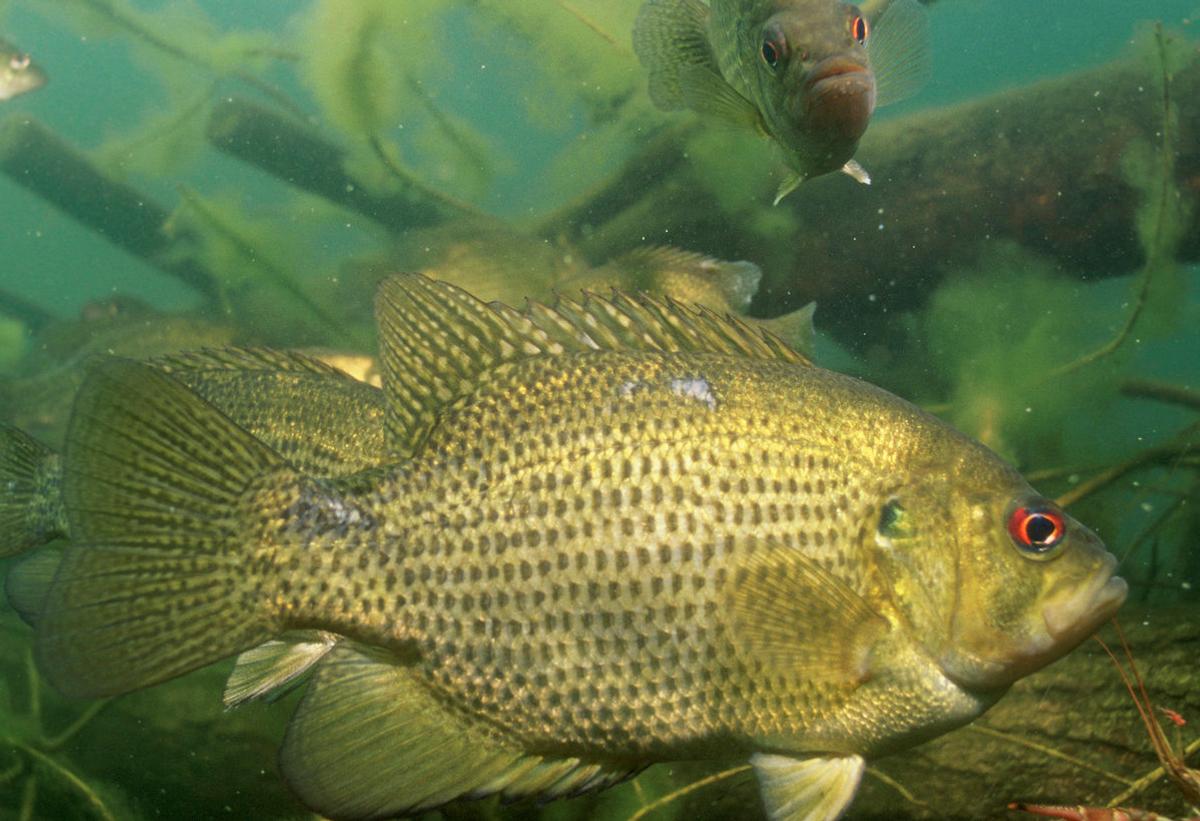Rock Bass 101: How To Catch The Under Appreciated Panfish
Rock Bass 101
Catching a nice stringer of panfish is one of the most rewarding experiences an angler can have, only topped by the smiles, camaraderie, and relaxation of the fish fry that often follows. There’s nothing like a mess of fresh bluegill, crappie, or perch to really get folks feeling good, but what about the rock bass?For too many anglers, crappie, perch, and bluegill are the only panfish species that get any love, which is crazy because the tremendously prominent species, rock bass, live just about everywhere, are super fun to catch, and taste just as good as the others.
What Is A Rock Bass?
Technically, it’s Ambloplites rupestris, but it’s also known as the goggle-eye, red-eye, or creek bass. The rock bass is native from the upper-Midwest, all the way through the Mississippi River basin, and throughout its drainages. There are also closely related subspecies native throughout the Tennessee River drainage, the Ozarks, and even the Apalachicola, Savannah, and Nueces rivers of the far south.They are most commonly found in creeks and small rivers. They are aggressive, scrappy fighters, and quickly grow to 7-10 inches, which is perfect for the table.
How To Catch Rock Bass
The ideal rock bass presentation is a small (5 to 6 foot), light or medium-light spinning combo spooled with 4 or 6 pound monofilament. Rock bass are equal opportunity feeders, and naturally consume a variety of baitfish, aquatic insects, and crayfish. Try a small crawfish imitator like the Panfish Plastics Baby Craw to start, but don't let the light line and tiny bait fool you; they're a fun fight.One of the best ways to catch them is with a small, finesse tube with a lightweight internal jighead. A 2 ½ inch model, in green pumpkin or watermelon will get you into fish quickly. Rock bass also respond well to live bait presentations, with nightcrawlers, wax worms (bee moths), or even small minnows.One of the best reasons to spend a day chasing rock bass in your local creek – it’s unlikely to see the same kind of pressure that the panfish populations in your local lakes have.So – the next time you accidentally catch one – don’t be afraid to throw it in with your other catch, you won’t even know the difference.
Updated September 8th, 2017 at 8:35 AM CT


